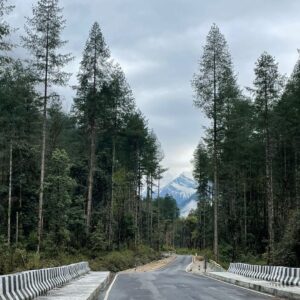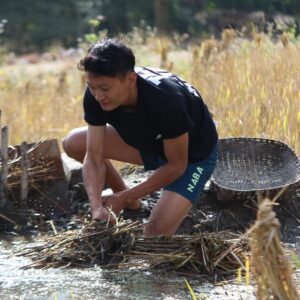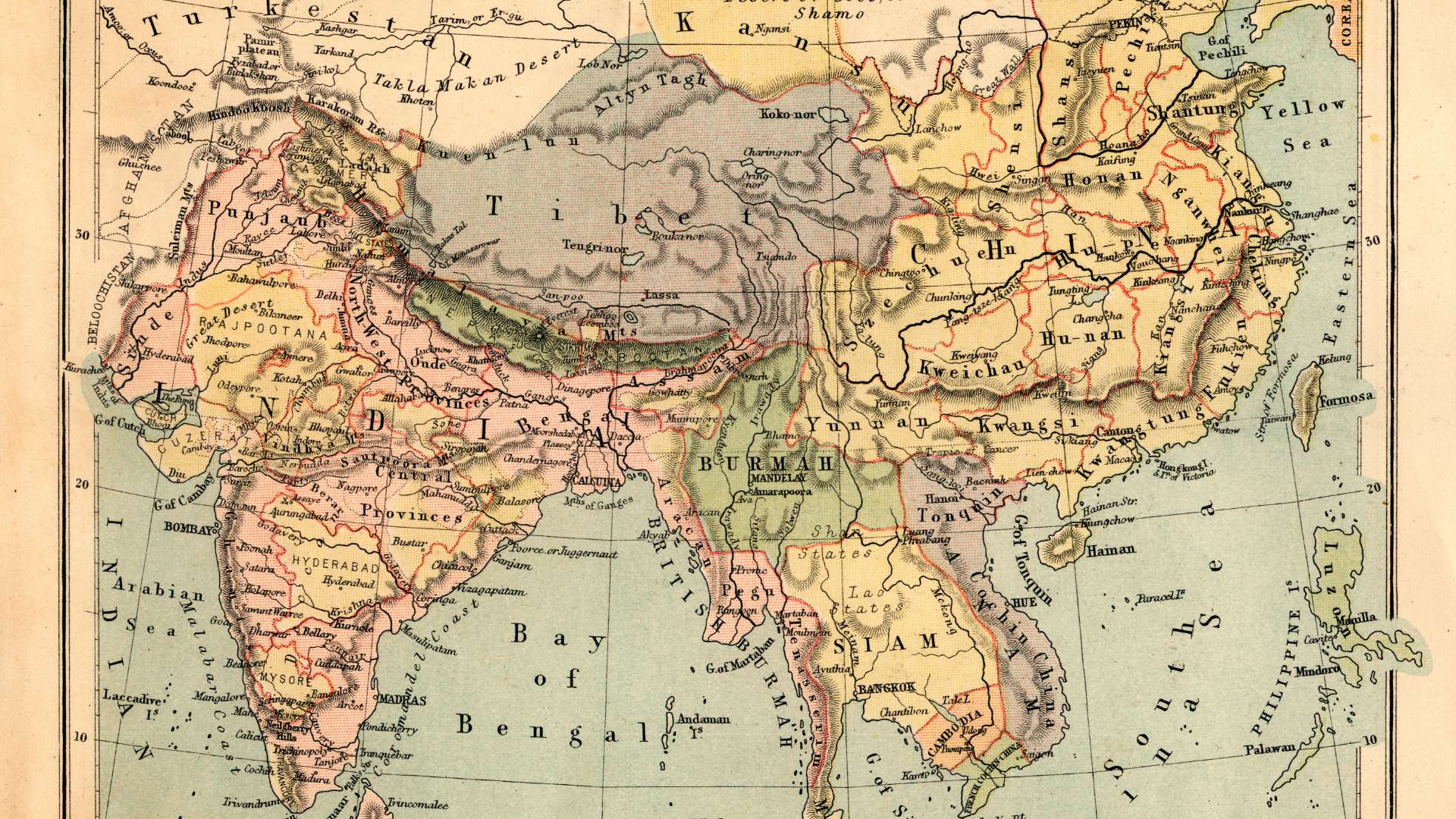
It was the end of 1962. The Indo-China war was underway and the PLA, who were much more advanced in high altitude warfare were inching closer to Assam. They had already made their way past Tawang through Bum La Pass (16,200 ft) and with their experience, they were cutting the mountains and paving the roads as they attacked.
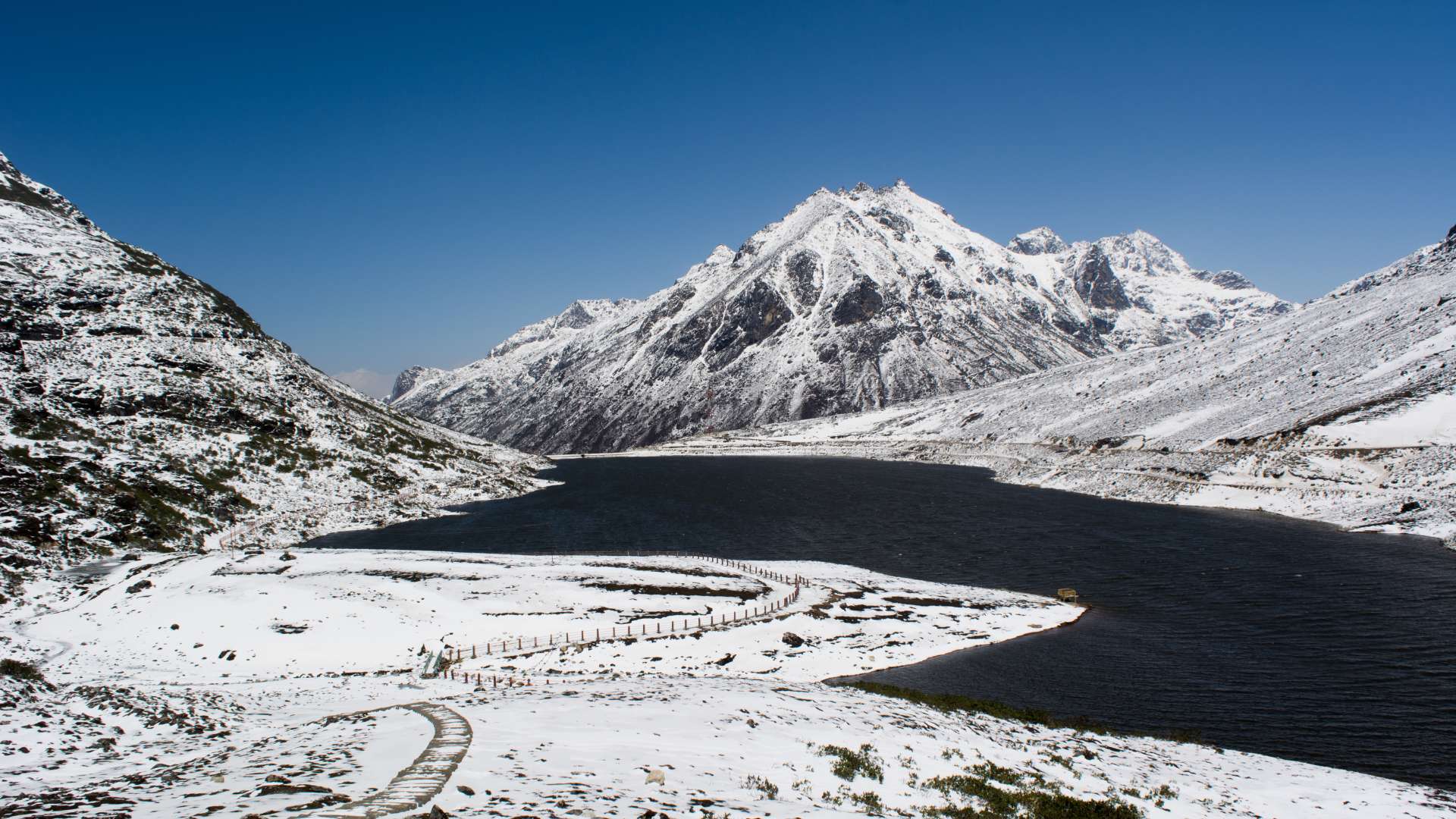
Independent India had never faced a threat such as this in history. Amongst the thousand of soldiers who we lost to the war, today, we would like to talk about one who’s love story is still talked about today in the mountains of Western Arunachal Pradesh.
Rifleman Jaswant Singh Rawat of the 4th Battalion, 4th Garhwal Rifles was posted in Arunachal Pradesh (then NEFA) during the time of the war. According to local folklore, Jaswant Singh had fallen in love with a local Monpa girl from the region called Sela. Sela would cross the post that Jaswant deployed in regularly and it was a matter of time till their relationship flourished. However, Sela’s father was not in support of her being with Jaswant but love is blind, they say, and so it was with Sela and Jaswant.
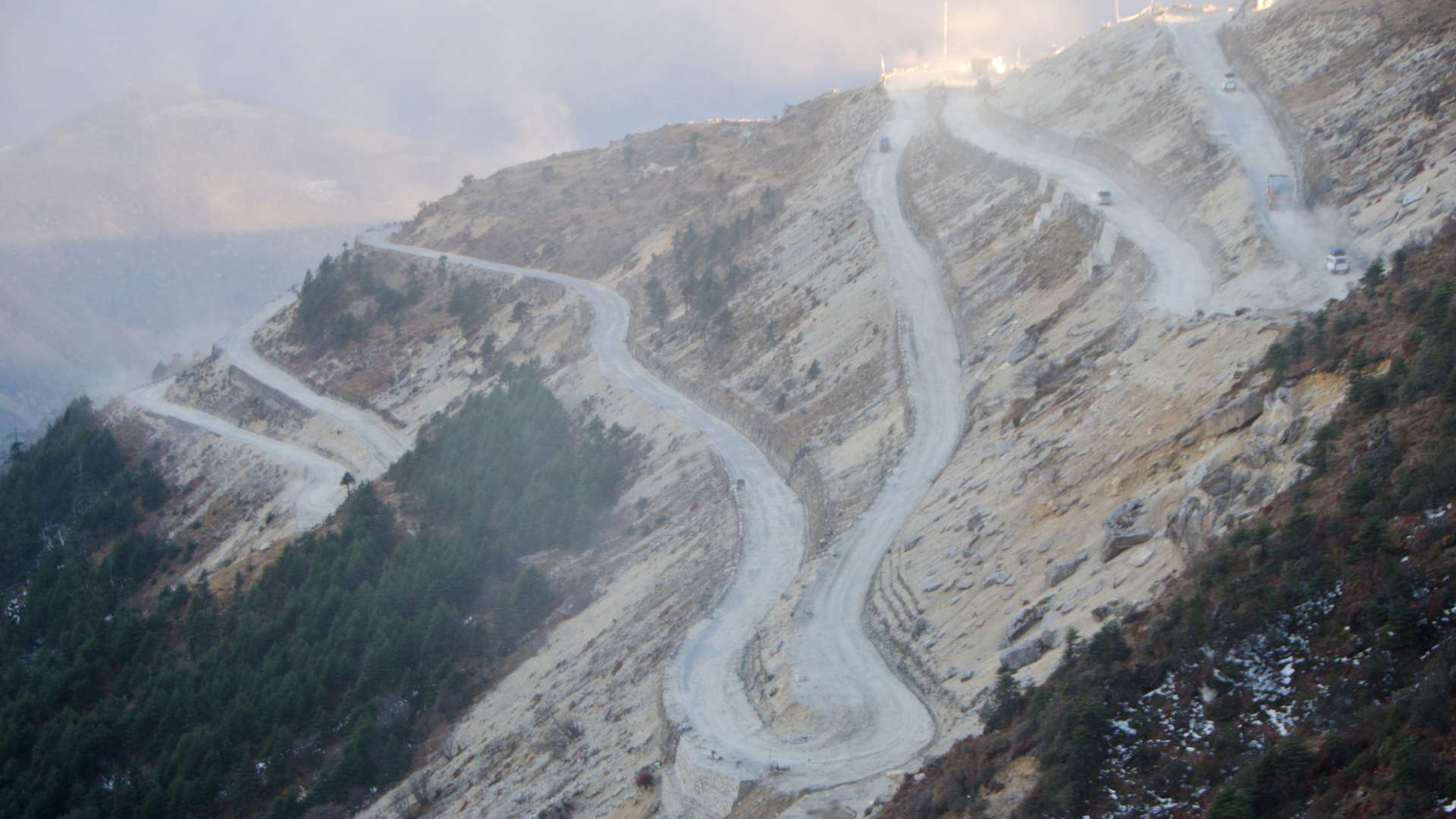
Then came one tragic day that would result in this love story becoming an evergreen one! On the 17th of November, with the ongoing war, the armed forces of the PLA had gotten very close to Jaswant Singh’s post. That day, the 4th Garhwal Rifles had beaten back 2 charges from the Chinese. However, with heavy shelling using an MMG which managed to get close, the Indian side lost almost all of their men. Rifleman Jaswant Singh, Rifleman Gopal Gusai and Lance Naik Trilok Singh Negi were among the few survivors left on our side. These brave men volunteered to neutralise the machine gun (MMG) team that had devastated the Indian side. As a deadly trio, they managed to seized the weapon but as right as they were returning to their station, Rifleman Gopal Gusai and Lance Naik Trilok Singh lost their lives and Jaswant Singh, was seriously injured. Still, he returned with the weapon he had taken from the PLA.
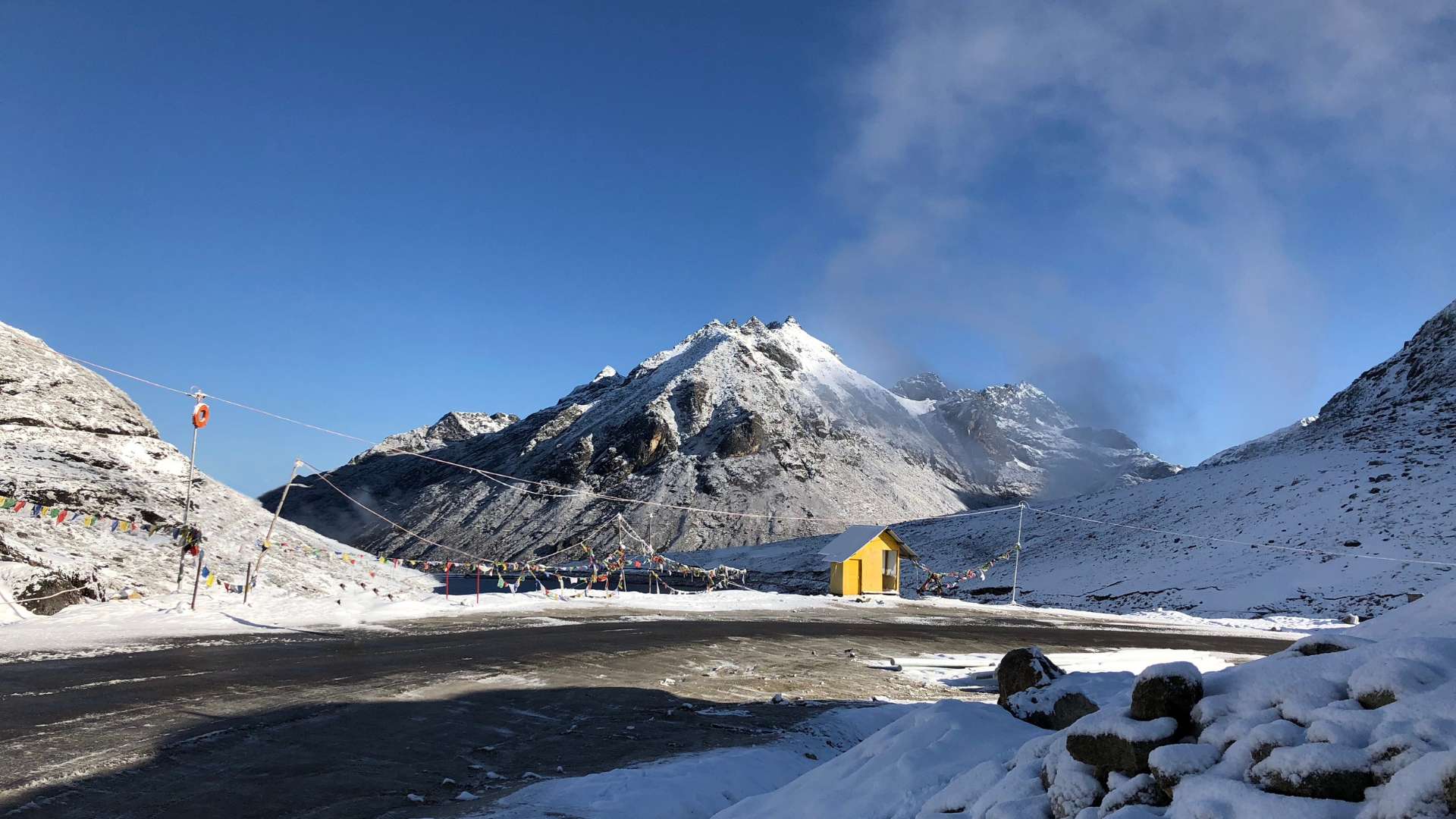
By then, the rest of his company had decided to retreat as the dangers were too high.
He too, was ordered to retreat. However, Rawat understood the importance of holding ground and decided to defy his orders and fight the Chinese up till his last breath. What
pursued is what makes Rawat the legend that he is today.
The Indian Army had built bunkers under the ground across the base. All alone, the Rifleman went from bunker to bunker, shooting in all directions while attacking the enemy. This fooled the PLA into believing that there were many more of the Indian Army present there. By now, the love of his life Sela, along with her sister, Nura, had come to help Jaswant Singh with food to survive. With their support, Jaswant Singh managed to hold back the enemy for a staggering 72 hours with his military strategy of creating an illusion. In this battle, 300 Chinese lives were taken by the one man army. However, Jaswant’s time was running thin as his ammunition was coming to an end. Meanwhile, the Chinese received information from a Monpa local (believed to be Sela’s father) about how this one man was fooling the entire army. Infuriated, the enemy closed in.
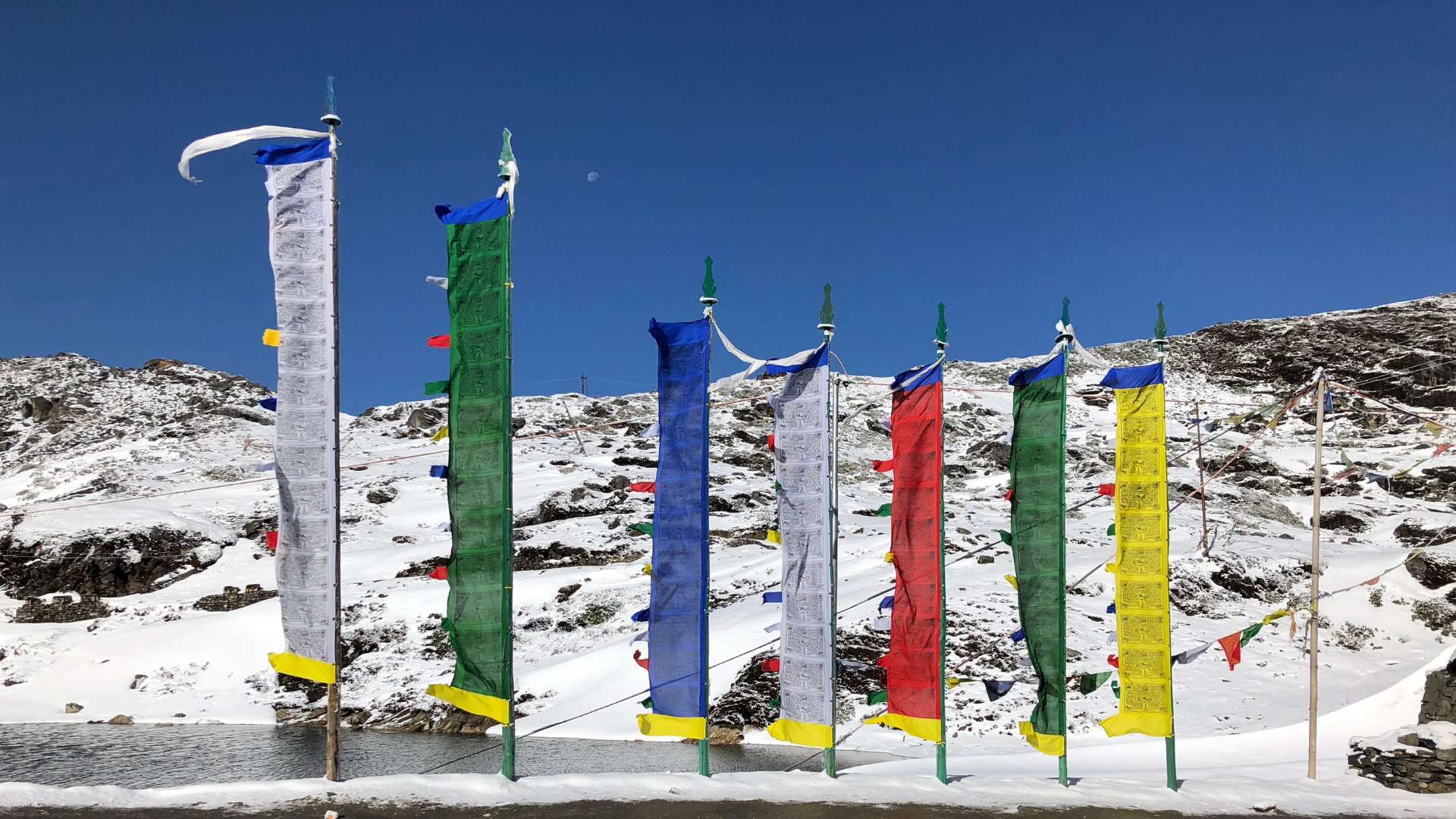
Jaswant Singh, as a result of his actions at the Battle of Nuranang, was awarded the Maha Vir Chakra posthumously. Till date, he is considered a living soldier and has even received promotions after his death. After all, heroes don’t really die, do they? In fact, every day, his uniform is ironed, his shoes are polished, and his bed is made at Jaswant Garh, a memorial built to honour the brave soldier
That being said, the unsung heroes of this story are Sela and Nura – as mentioned
earlier, no one really knows what happened to them apart from the fact that they
sacrificed their lives fighting the Chinese, moved by the Rifleman’s patriotism. To remind
us of these unknown heroes, Sela Pass and Nuranang Falls (also called Jang Falls) in
Tawang are named after the two sisters. Apart from that, their story is lost in history. As
long as Jaswant Singh’s legend and heroism stays alive, so shall they!
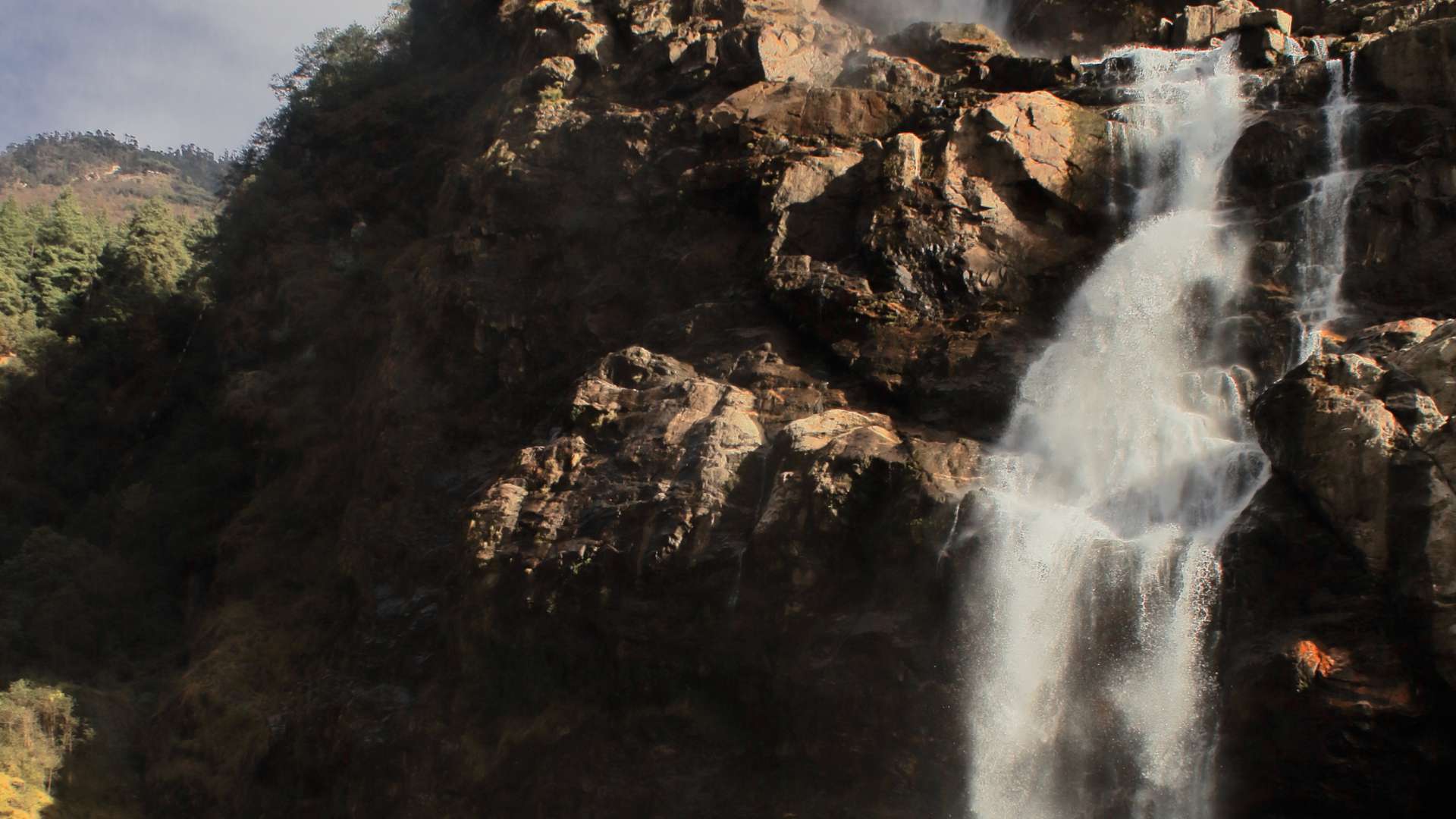

Team ChaloHoppo
Anali Baruah writes on culture and tourism in north eastern regions of India. She is currently doing her PhD in Cultural Studies and works with Content & Research at ChaloHoppo.


